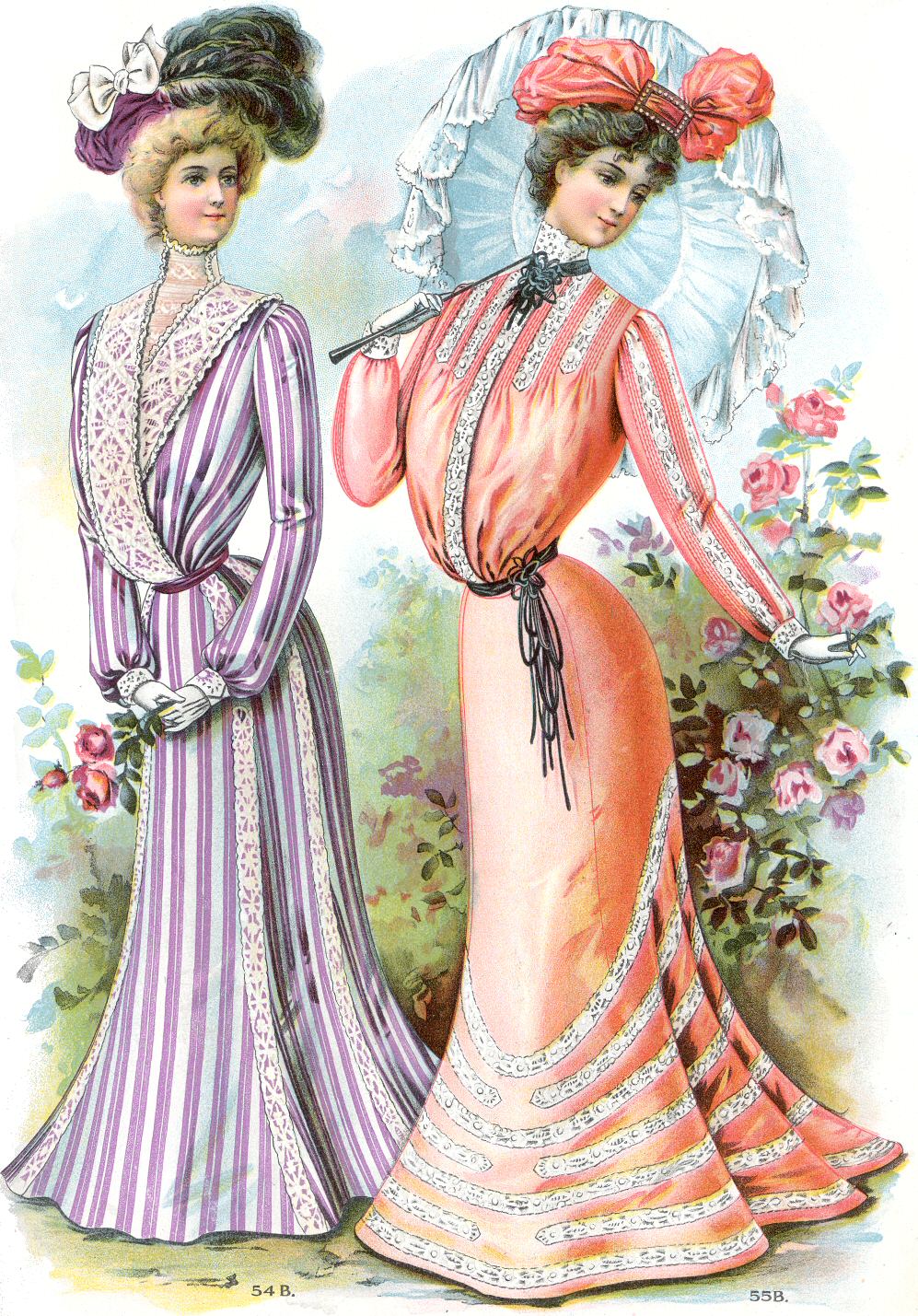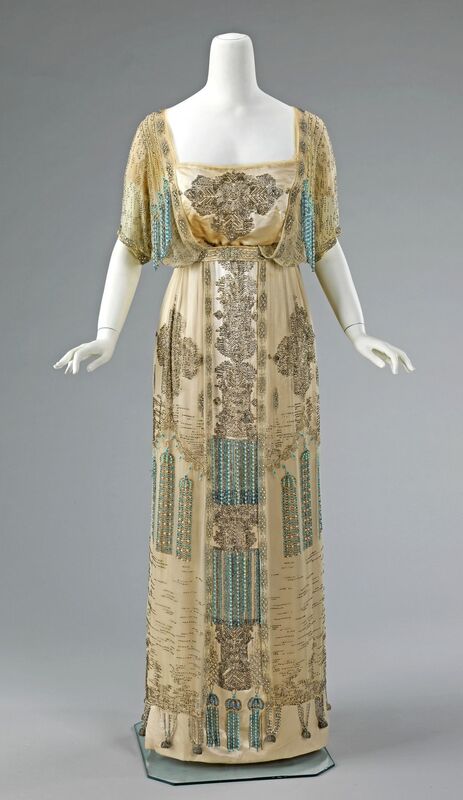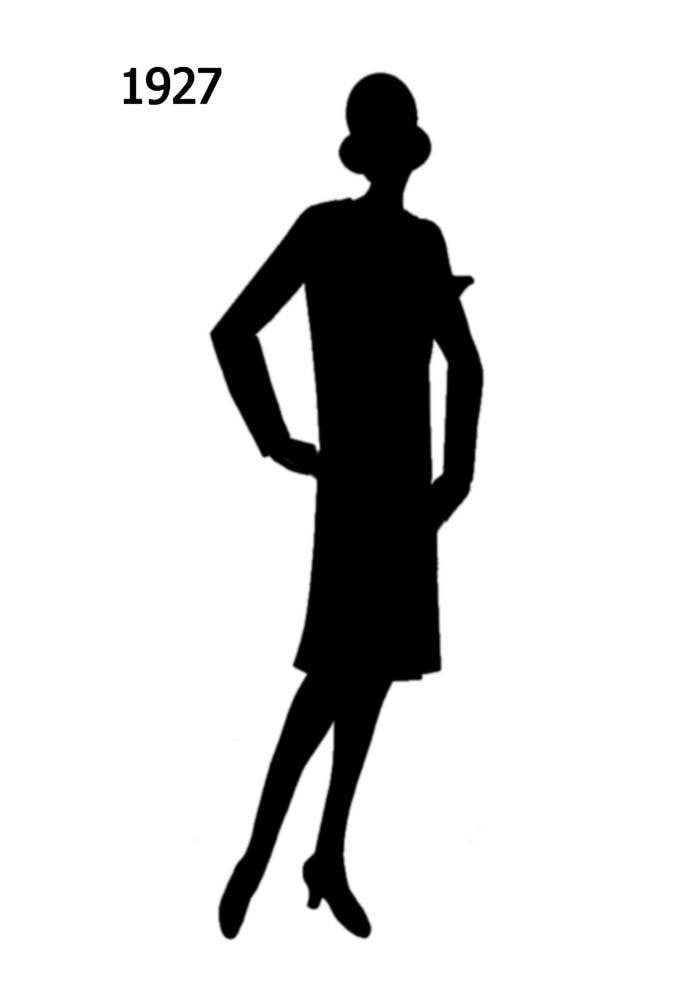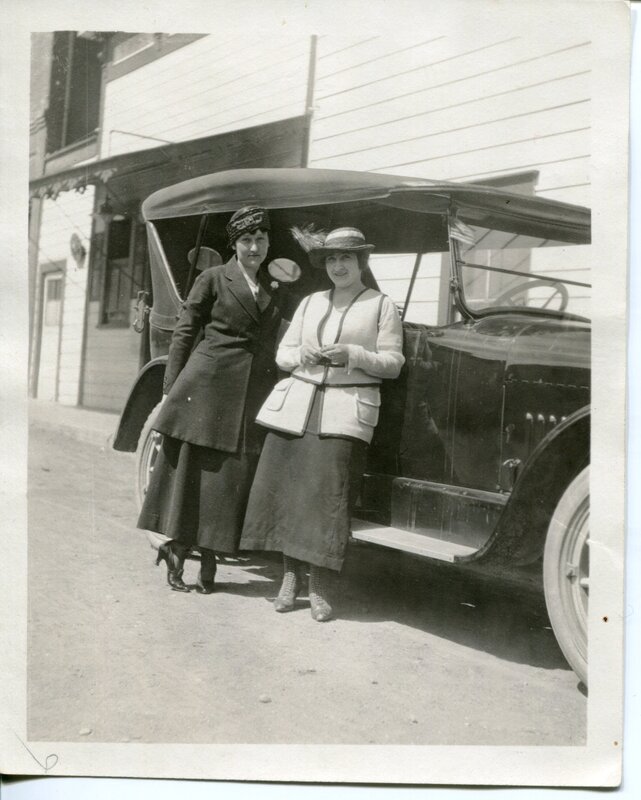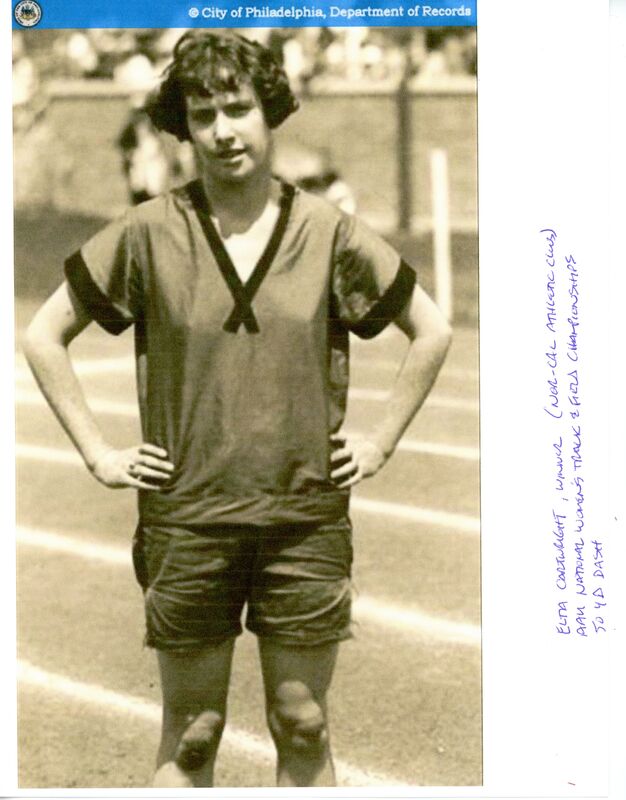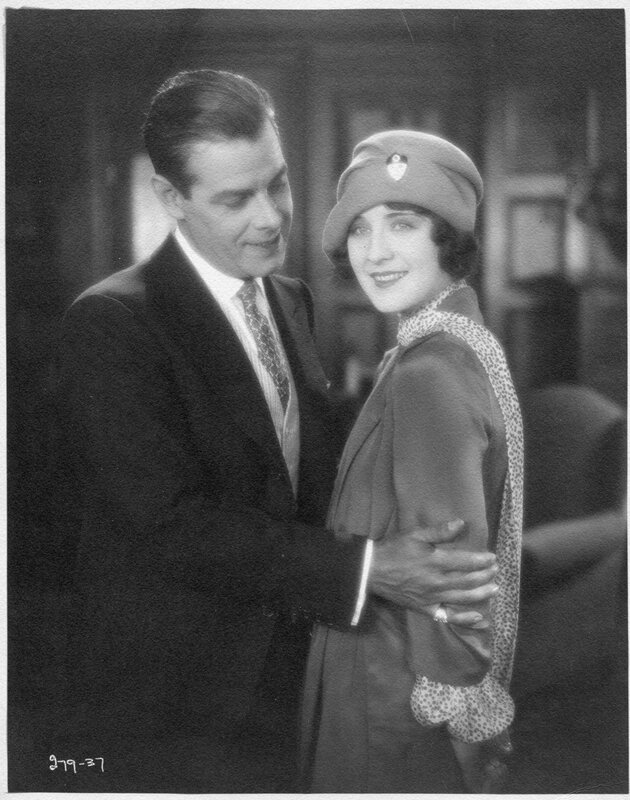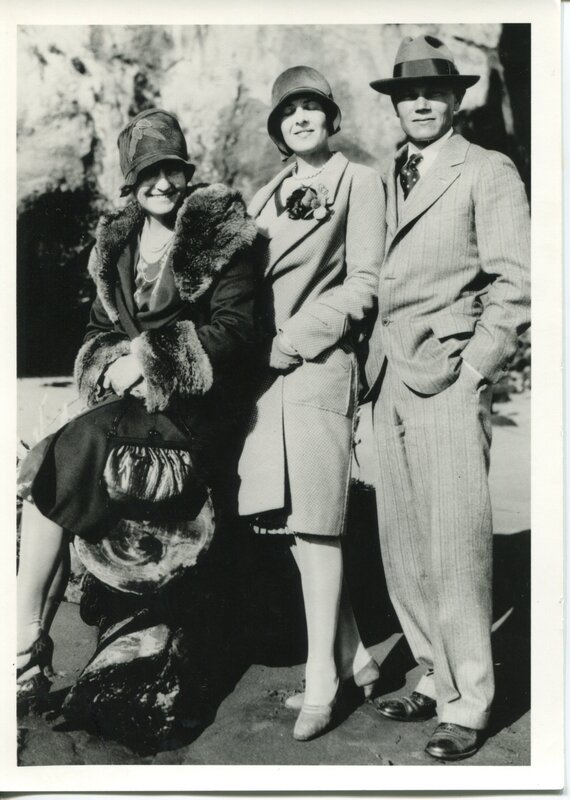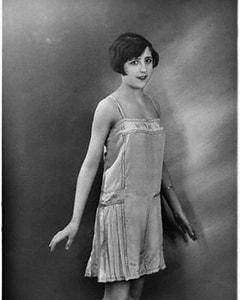Bobs and Beads: Fashion in the 1920s
January 2022-April 2022
Fashion is not something that exists in dresses only
Fashion is in the sky, in the street. Fashion has to do with ideas, the way we live, what is happening”.
- Coco Chanel, French fashion designer and businesswoman
Fashion is in the sky, in the street. Fashion has to do with ideas, the way we live, what is happening”.
- Coco Chanel, French fashion designer and businesswoman
The 1920s were a time of immense change in all facets of life.
One of the most visual indicators of change in a society is clothing and the 1920s are a great example. New materials, silhouettes, lengths, designs, and accessories became possible in this era with improving methods of producing synthetic materials, improved access to cultural information in other parts of the world and growing popular visual culture like movies and influential movie stars becoming fashion icons. Decreasing costs of synthetic materials, increasing incomes, and increased leisure time all set the stage for the seasonable fashion cycles and fast fashion of later decades.
This exhibit explores the social, cultural, and economic changes taking place in the 1920s through the lens of fashion trends, clothing, and accessories from the Clarke’s collections.
This exhibit explores the social, cultural, and economic changes taking place in the 1920s through the lens of fashion trends, clothing, and accessories from the Clarke’s collections.
Silhouettes
A major defining point of change in fashion is something called the Silhouette. The silhouette is the shape of a person’s body specifically while wearing clothing. Silhouettes apply to both men and women, but the silhouette plays a major role in women’s fashion. Women’s silhouettes are understood to be the ideal shape for those in the upper classes, and are frequently influenced by ideas or perspectives on the role of a woman in society- tight corsets of the Victorian era restricted women’s movement to demonstrate that the woman did not need to do work around the home because they were wealthy enough to pay someone to work for them. Those not in the upper class frequently copy silhouettes, with some modifications to accommodate the realities of working class life.
In the 1910s, the silhouette had changed from the “s curve” of the 1900s (chest pushed forward and hips pushed back forming an “s” shape if you were to look at the woman from the side, see color image above) to a more upright, high waisted (frequently just below the bust, called an “empire waist” see center image) with straight or slightly flaired floor length dresses. In the 1920s, the waistline descended to the hips and the hemline began to move up, as high as being just at the knee, with the skirts becoming pleated to allow for more movement. Silhouettes became streamlined and boyish, deemphasizing the bust and backside in preference of modern straight lines. This silhouette is sometimes referred to as the “stovepipe silhouette”
Women’s clothing changed in the 1920s to accommodate rapidly changing lifestyles for women, including:
|
The growing realm of women’s lives outside of the home: In the decades leading up to the 1920s, middle class and wealthier women were deeply involved in charity and community clubs which, in part propelled the women’s suffrage movement. In WWI, with men fighting overseas, women began working to fill some of the jobs left by those who went to fight and when the war ended, many women appreciated their newfound agency and income and some were able to continue working.
|
|
After the war’s end, with increasing labor rights and technology and decreasing work weeks with the arrival of a 40 hour, 5 day a week workweek, there was more time for leisurely activities, like sports which both men and women participated in. Women’s exercise was becoming more accepted as medical professionals came to understand that women’s reproductive capacities, which for most of Western society was considered to be the woman’s defining life goal, would not be negatively impacted by exercise. Additionally, the vision of a thin, flexible and elegant woman became associated with sports to maintain a woman’s youthful character.
New clothing to accommodate women’s bodies and the need for modesty and flexibility shaped the kinds of clothing that was produced, and this increased participation in sports led to the rise of “Sportswear” for men and women, which could be worn both while participating in sports and in the social events that sprung up around sports. Organized sports like golf, tennis, field hockey, archery and soccer became popular and with women’s participation came new clothing to accommodate movement. Many of the fashions adopted the clothing that men already wore- polo shirts, sweaters and flared pants called culottes, particularly for horse riding and bicycle riding. The Clarke is lucky to have a great example of clothing worn by local sports star Elta Cartwright, who was the first women to qualify for the US Olympic team and held a world record for the women’s long jump. She was a track star with national champion titles in women’s track including being a member of the Humboldt State College national championship winning team in 1926, and attended the 1928 summer Olympics in Amsterdam representing the United States. The track suits here are representative of 1920’s wear for track, which included knit fabrics, cotton, and silk. |
|
Increasing Leisure Time- Speakeasys, Swing Dancing, and Flappers: One of the first things that comes to mind when someone brings up the 1920s are “flappers”- young women known for dancing wildly fast, oftentimes flapping their arms, in crowded clubs in short dresses. Evening wear, including the new cocktail dress, began accommodating the increase of young women going dancing at night, a formerly unheard of phenomenon, with more spacious and short skirts featuring pleats and lightweight materials, flexible undergarmets to accommodate dances requiring the participant to bend like the Charleston. Even shoes, now more decorated than ever, were reimagined to be strong enough to support the dancer while they sped around the dance floor while also fashionable to keep up with modern trends.
|
The Tiny Details: Accessories from the 1920s
|
Hats
One of the most recognizable features of a young, 1920s women was her hair- cut short in what was known as a “bob”- frequently chin length, the style favored thin hair that could be styled with straight lines and sometimes features the iconic semi-circle wave shape on the cheek. Finger waves were also popular, with hair being carefully shaped to have tight waves. A cloche hat topped many hairstyles, sitting tightly against the wearer’s head to create a bell-like silhouette, covering the unfashionable forehead, and making the wearer hold their chin high in order to see out from under the small brim of the hat, emphasizing the long line of the neck to the shoulders and the jaw. |
|
Foundational Pieces: Undergarments
The 1920s silhouette favored thin women- and undergarments designed to get women closer to the “stovepipe” silhouette were designed in a way to accommodate thin women. Corsets, albeit ones different from the corsets of the 1900s and 1910s, persisted for curvy or older women to slim hips and chests in pursuit of the long 1920s silhouette lines rather than the s curves of previous decades. They became lighterweight and, using new materials like elastics , more flexible while still slimming. Lightweight corsets became popular with young women for the most flexibility while doing sports or dancing. Some dance clubs even had “corset check rooms” for women to remove more constrictive corsets before going dancing. |
1920s era women still wore more layers of undergarments than most women wear today, including a step in chemise then corselette (lightweight shaping corset), then slip to protect the dress from the corselette, 4-6 hose supporters on the hem to hold up stockings, then the dress and any sort of sweater, coat, accessories, etc. Layers were lighter weight (thanks to new materials like rayon which could be dyed a variety of bright colors) and still less in quantity than previous decades.
International Influences
International influences in fashion were not new in the 1920s- in many ways, cultural motifs had been traveling transnationally since at least 1893, when Japan made its first appearance at the Columbian Exposition in Chicago. This Exposition, which saw over 27 million people out of a national population of almost 63 million people, was hugely influential in bringing new Japanese (later generalized as “pan-Asian”) motifs into popular culture like clothing, stage plays, and even textile arts like Crazy Quilts.
The 1920s is also frequently referred to as the period of “Art Deco”. Art Deco, which is short for Exposition internationale des arts decoratifs et industriels modernes (International Exposition of Modern Decorative and Industrial Arts), which took place in Paris in 1925. As a design style, it was hugely influenced by a variety of decorative revolutions happening throughout Europe and Asia, from France to Japan. Sleek, modern lines and curves are quick identifiers of Art Deco style which appeared everywhere from buildings to clothing, light fixtures (look up at the glass light shades on the chandeliers in this building), vacuums, radios, and more.
Increasing interest in the Middle East as part of the Art Deco movement led to the slow adoption of Middle-Eastern influenced turban style hats and harem pants (although pants worn by women were still not accepted outside of certain sports-related pursuits). With exciting new discoveries like the tomb of Tutankhamen, Egyptian inspired fashion pieces, including beadwork also made their way onto the fashion stage.
For clothing in particular, the sleek lines can be seen in the lack of shape on the dresses, beaded motifs of lines, triangles of beads, and sweeping arcs either in beadwork and hat brims.
The 1920s is also frequently referred to as the period of “Art Deco”. Art Deco, which is short for Exposition internationale des arts decoratifs et industriels modernes (International Exposition of Modern Decorative and Industrial Arts), which took place in Paris in 1925. As a design style, it was hugely influenced by a variety of decorative revolutions happening throughout Europe and Asia, from France to Japan. Sleek, modern lines and curves are quick identifiers of Art Deco style which appeared everywhere from buildings to clothing, light fixtures (look up at the glass light shades on the chandeliers in this building), vacuums, radios, and more.
Increasing interest in the Middle East as part of the Art Deco movement led to the slow adoption of Middle-Eastern influenced turban style hats and harem pants (although pants worn by women were still not accepted outside of certain sports-related pursuits). With exciting new discoveries like the tomb of Tutankhamen, Egyptian inspired fashion pieces, including beadwork also made their way onto the fashion stage.
For clothing in particular, the sleek lines can be seen in the lack of shape on the dresses, beaded motifs of lines, triangles of beads, and sweeping arcs either in beadwork and hat brims.

